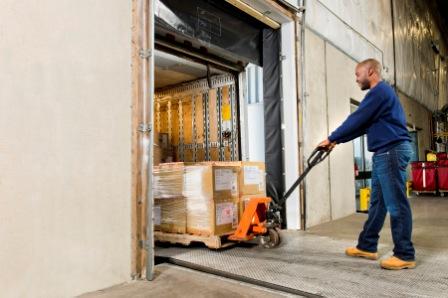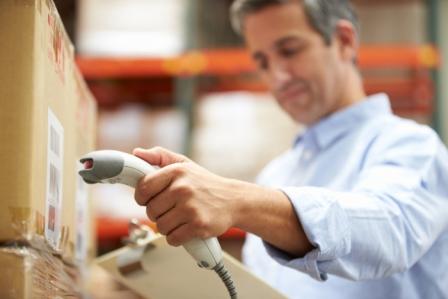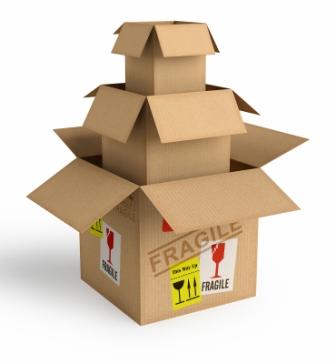Probably the most interesting thing about the art of selling is that so much of it happens under the surface. E-commerce platforms regularly rate sellers and encourage the customer to do the same. As a result, we live in a world of seller’s ratings, five stars and customer feedback.
But if we really look at the idea of a ‘good seller’ on the e-commerce market, we can see that it is rarely about the ability to sell things. A good seller in the online realm is not necessarily a good salesman. Rather, a seller is often judged by a few key, quantifiable attributes which invariably result from data.
Probably the most important attribute for the post-industrial seller operating in the online sphere is their ability to deliver the product or service faithfully and without delay. This aspect is logistics, and it seems to form the basis of the seller’s performance in the market. The shift from brick-and-mortar to the online world has arguably taken the salesman out of the seller.
We rarely communicate on a personal basis while shopping online. Instead, we play a game of bits and bytes, sending and receiving signals through the internet to lock our purchases. For the online customer, the only proof that a seller exists is if the product purchased is delivered to them. Otherwise, it is an empty transaction. This should underline the importance of logistics, because it is the massive operation that lies beneath that actual delivery.
Previously, we wrote about how to save up on logistics costs. In this post, we will go into detail about e-commerce logistics, how it is different from the traditional model, and what are the important considerations one must make while planning about it.
Logistics in the Online World
I. Traditional Vs. E-Commerce
The main difference between the traditional scheme of logistics for a seller and that brought about by e-commerce is the role of the customer. Traditionally, the customer was an active part of the logistical process. It was the task of the customer to come to the store and pick the product up. The seller was concerned with sourcing the product and transporting it to the store. With technology, this role of the customer has become all but extinct. Now, the onus is on the seller to deliver the product all the way to the customer’s doorstep.
II. The Logistical Process
This change in the role of the customer from active to passive has massive implications. Logistics for the online world can generally be broken down into a few significant parts. Let us look at what the typical logistics process for an online seller looks like –
1. Receiving the Order
This is the first step. This step must provide the seller with all the details that they need to know, from the exact description of the product to the detailed delivery address, billing information, etc.
2. Locating the Product
The next step is to locate the product in a warehouse that is the most accessible to the shipping location and packaging the product. An efficient warehouse uses well designed SKU codes to store its products in the database, so that locating them becomes a matter of ease.
3. Packaging
Packaging includes everything from ensuring that the product would be safe during transit, printing and packing the invoice, and making sure that the product is in a presentable condition. A good way to think about packaging is as if it is a part of the product itself, in the sense that, it is going to affect the customer’s impression of the seller as much as the product. This approach guards you against the pitfalls of bad packaging, which can cause damage or loss of the product and seriously hamper the seller’s ratings.
4. Shipping and Delivery
The responsibility to ship products is generally handed over to 3rd Party service providers, but it is still the job of the seller to make sure that the product reaches safely and on time. This means that the shipping company must be trustworthy and must have systems in place for tracking the product. It is a good idea to do extensive market research based on geographic and demographic variants before choosing a shipping company to tie-up with.
5. Reverse Logistics
This is a key aspect that most sellers ignore, which also makes it worth a few brownie points. Offering returns to customers is considered to be a good practice in the online retail market. But only doing so is not enough. The seller must actively ensure that the customer is able to send the product back hassle-free. This means giving a serious thought to reverse logistics, which can be visualized as the flow of product against the stream. Product returns are uncommon, but not as uncommon as you might think. It is advisable to make your returns policy crystal clear and assist the customer is all the steps in the process. All things considered, the efficiency of your returns policy might make it or break it in the online retail market.
This is what we have on e-commerce logistics for now. For more information or in case of queries, get in touch with us at Browntape. We are India’s leading e-commerce solutions experts, and we are always happy to help.








